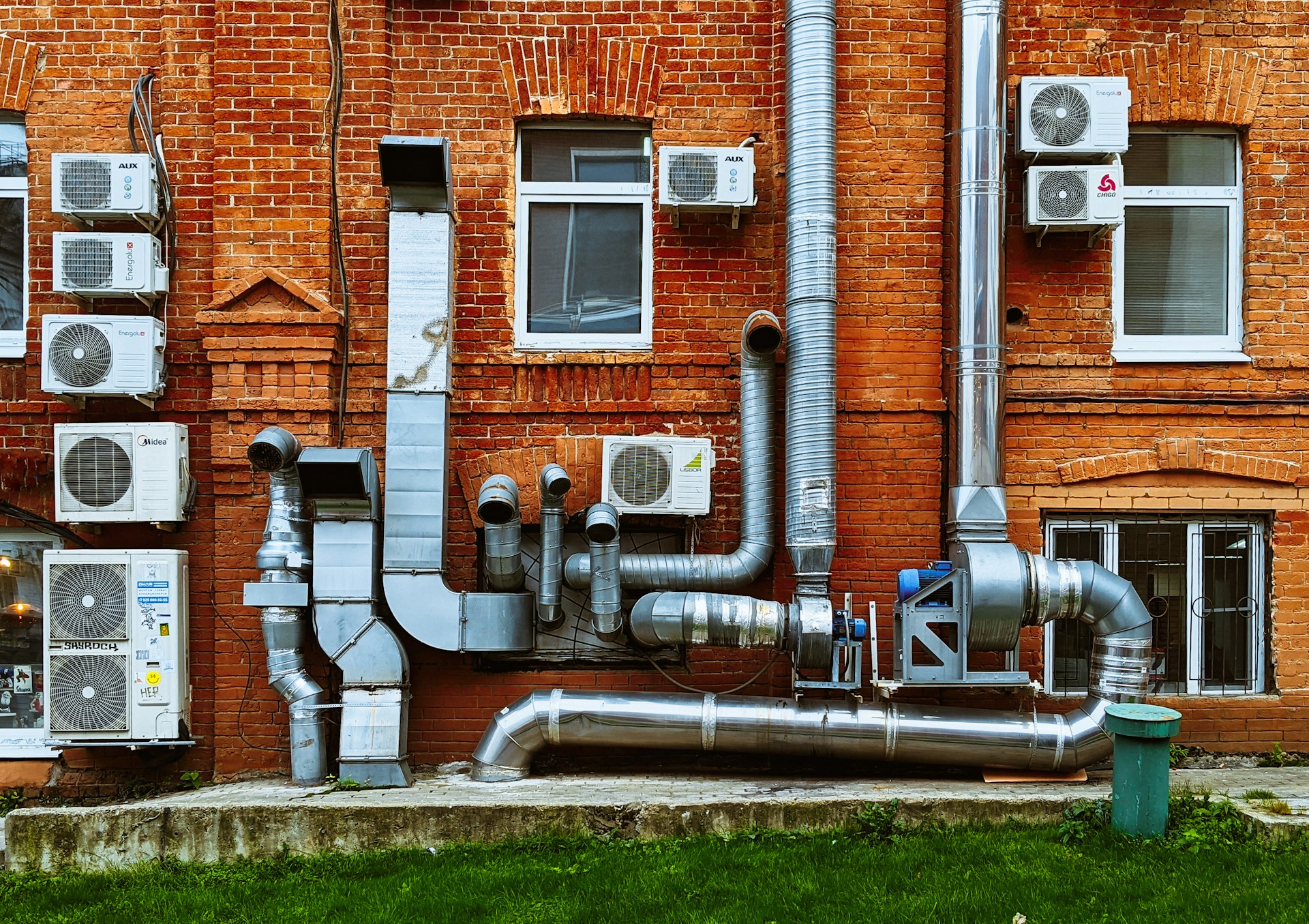How Can You Optimize Indoor Air Quality with Smart Ventilation Systems?

In a world increasingly concerned about health, wellbeing, and our environmental footprint, the pursuit of superior air quality is a common goal. Not just in the grand outdoors, but within the confines of our homes and offices. Indoor air quality (IAQ) is a significant factor affecting the health, comfort, and productivity of individuals. The quality of air within our buildings is influenced by a multitude of pollutants that can wreak havoc on both our physical and mental health.
Ventilation systems play a crucial role in determining indoor air quality. However, standard HVAC systems may not effectively eliminate pollutants or efficiently manage energy usage. As a response to these challenges, smart ventilation systems have emerged as a revolutionary solution. This article delves deeper into how you can optimize indoor air quality using these intelligent systems while maintaining energy efficiency.
A lire également : How to Create an Outdoor Living Room for a Suburban Attached Home?
The Importance of Indoor Air Quality
The importance of maintaining good indoor air quality cannot be overstated. IAQ significantly impacts our health, comfort, and overall wellbeing. The U.S. Environmental Protection Agency lists poor indoor air quality as a top environmental risk to public health. This is a concern when we consider that people spend about 90 percent of their time indoors, according to a study found on Google Scholar.
Various indoor pollutants, such as volatile organic compounds, dust, mold, and carbon monoxide, can adversely affect indoor air quality. Chronic exposure to these pollutants can lead to a range of health issues, from allergies and asthma to more severe conditions like lung cancer and heart disease. Moreover, poor indoor air quality can reduce comfort levels and productivity in workspaces.
Dans le meme genre : What Are the Best Natural Fiber Rugs for a Hypoallergenic Bedroom?
The Role of Ventilation Systems in IAQ
Ventilation systems have an integral role in maintaining indoor air quality. These systems ensure a continuous inflow of outdoor air and outflow of indoor air containing pollutants. Traditional ventilation systems, while serving the basic function of circulating air, often fall short in effectively removing pollutants and providing optimum comfort.
Moreover, these systems can be energy-intensive, contributing significantly to the building’s overall energy consumption. This is where smart ventilation systems come in. These systems leverage advanced technologies and data-driven strategies to optimize indoor air quality and comfort while saving energy.
Building Health with Smart Ventilation Systems
Smart ventilation systems are a game-changer in the world of building health and comfort. They use advanced sensors and control mechanisms to monitor indoor air quality in real time. Upon detecting a decline in air quality, these systems automatically adjust ventilation rates to remove pollutants and maintain an optimum indoor environment.
What sets smart ventilation systems apart from traditional systems is their ability to adapt to the specific needs of the building and its occupants. These systems use data from various sources, including weather forecasts and occupancy patterns, to anticipate ventilation needs and respond accordingly.
Energy Efficiency and Smart Ventilation
Another significant advantage of smart ventilation systems is their energy efficiency. Traditional ventilation systems operate on a continuous basis, regardless of the actual ventilation needs, leading to substantial energy wastage. On the other hand, smart ventilation systems optimize ventilation rates based on real-time conditions, avoiding unnecessary energy consumption.
For instance, these systems can reduce ventilation during unoccupied periods or when outdoor air quality is poor, thereby saving energy. According to a study cited on Crossref, smart ventilation systems can achieve energy savings of up to 60 percent compared to conventional systems.
The Future of Indoor Air Quality Control
The advent of smart ventilation systems signals a new era in indoor air quality control. These systems not only ensure superior air quality and comfort but also contribute to energy conservation and sustainable building practices. With ongoing advancements in sensor technology and data analytics, we can expect further improvements in the efficiency and effectiveness of these systems.
Think of smart ventilation systems as the lungs of a building, breathing in fresh air when needed and exhaling polluted air, all the while ensuring that no energy is wasted. As we continue to spend more time indoors, these systems will be integral to our health and well-being. Consider investing in a smart ventilation system to not only optimize your indoor air quality but also contribute to a more sustainable future.
Remember, every breath you take indoors matters. Make sure it’s a healthy one with a smart ventilation system.
Implementing Smart Ventilation Systems in Your Building
Implementing smart ventilation systems in your buildings can be a significant step in improving indoor air quality. These systems offer a comprehensive solution, addressing both the need for excellent air quality and energy efficiency. They work by using a series of sensors and control mechanisms to continuously monitor the indoor air conditions.
When a smart ventilation system identifies a dip in air quality – say, an increase in carbon dioxide or a high concentration of indoor pollutants – it automatically adjusts the ventilation rates. Such a system ensures the swift removal of these pollutants, thus restoring the air quality swiftly. This kind of decision making is crucial in maintaining a healthier indoor environment.
Moreover, remember that these systems are not a one-size-fits-all solution. They are designed to adapt to the specific needs of a building and its occupants. For instance, a smart ventilation system can incorporate data from weather forecasts and occupancy patterns to anticipate ventilation needs and adjust accordingly. So, if the outdoor air quality is poor, it won’t bring in more pollutants from the outside. It can also reduce ventilation during unoccupied periods, contributing to energy efficiency.
Another crucial component of a smart ventilation system is the exhaust fan. The exhaust fans play a critical role in expelling polluted indoor air and facilitating the inflow of fresh outdoor air. Like the rest of the system, smart exhaust fans also operate based on real-time conditions, contributing to overall energy efficiency.
Conclusion: Towards a Future of Smart Ventilation
As we journey towards a future that prioritizes health, wellbeing, and sustainability, smart ventilation systems are emerging as an essential component of our buildings. As per a Google Scholar study, people spend about 90% of their time indoors, which makes the quality of indoor air a critical factor in our overall health.
By continuously monitoring and adjusting to the indoor air conditions, smart ventilation systems ensure superior air quality and comfort, all the while minimizing energy consumption. They represent a significant advancement in building management, contributing to thermal comfort, energy efficiency, and a reduction in harmful pollutants.
The beauty of these systems lies in their adaptability. They can cater to the specific needs of a building and its occupants, using advanced sensors and data analytics to anticipate and respond to changes in indoor air conditions. Their capacity to adjust ventilation rates based on real-time conditions, including occupancy patterns and outdoor air quality, signifies a new era in ventilation systems.
Investing in a smart ventilation system is a wise choice for your health and the environment. It not only optimizes your indoor air quality but also contributes to energy conservation and sustainable building practices. With the continued advancements in sensor technology and data analytics, we can anticipate further innovations in these systems.
In effect, smart ventilation systems serve as the lungs of a building, ensuring each breath you take indoors is a healthy one. They are not just an investment in health but a thoughtful step towards a more sustainable future. As we continue to spend more time indoors, the importance of these systems will only grow, making them an integral part of our lives.
So, optimize your indoor air quality today and breathe easy with a smart ventilation system. It is the smart choice for healthier indoor spaces and a greener planet.
